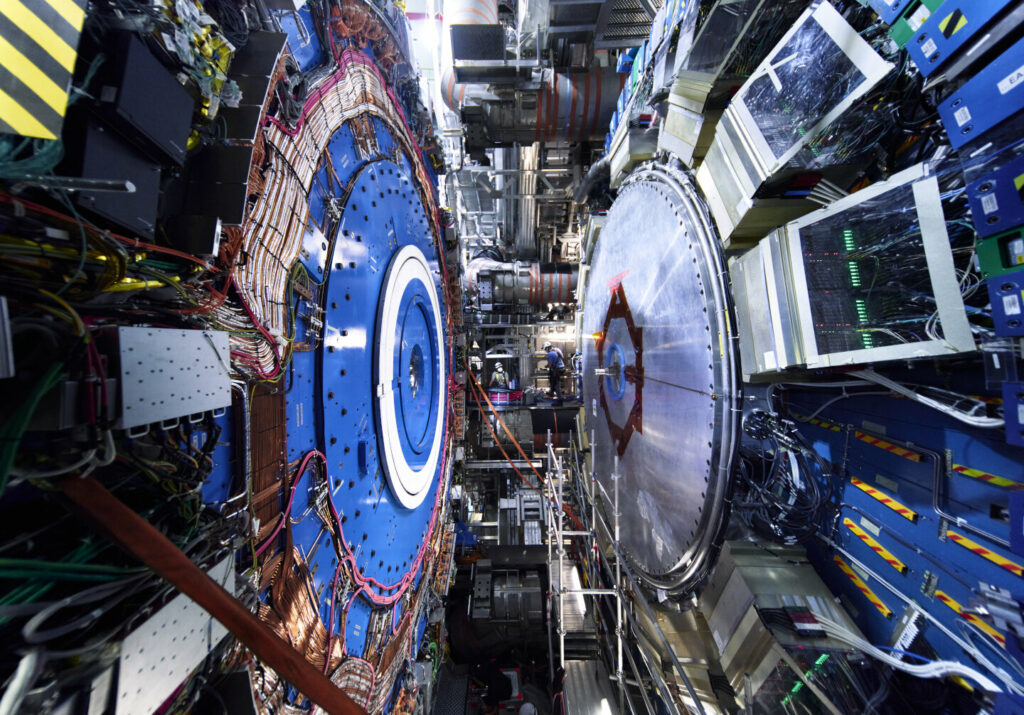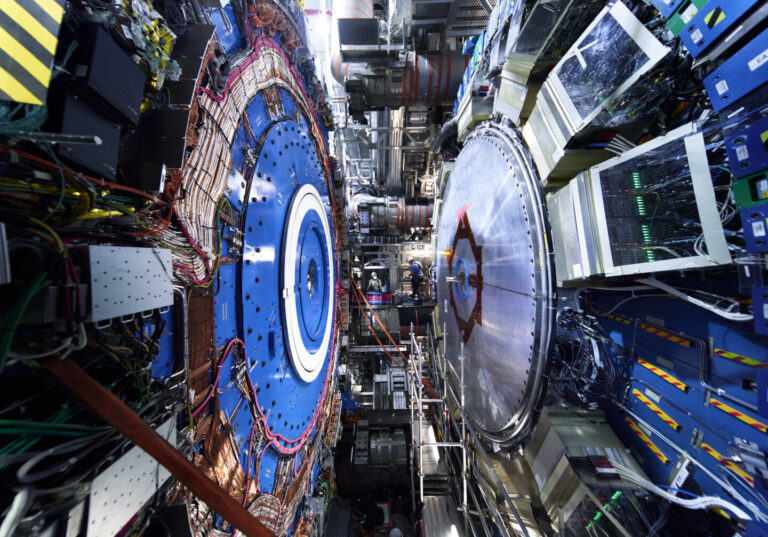ATLAS Establishes Rigorous Constraints on the Presence of Supersymmetric Dark Matter Particles
If there are new particles in existence, the optimal location to detect them is the Large Hadron Collider (LHC). Supersymmetry theory proposes the existence of a complete set of partner particles for each known fundamental particle. While this may seem extravagant, these partner particles could offer solutions to various gaps in current scientific understanding, such as the origin of mysterious dark matter in the universe, the unusually small mass of the Higgs boson, the peculiar behavior of muon spins, and the interrelation between different forces of nature. However, if these supersymmetric particles do exist, where might they be concealed?
This is the question that physicists at the LHC have been investigating. In a recent analysis of proton–proton collision data from Run 2 of the LHC (2015–2018), the ATLAS collaboration presents the most comprehensive overview to date of its exploration for some of the most elusive types of supersymmetric particles—those that would be rarely produced through the “weak” nuclear force or the electromagnetic force. The lightest among these weakly interacting supersymmetric particles could potentially be the origin of dark matter.

The enhanced collision energy and increased collision rate in Run 2, coupled with new search algorithms and machine-learning techniques, have enabled a more in-depth exploration of the challenging realm of supersymmetry. ATLAS physicists have amalgamated findings from eight distinct searches, each designed to detect evidence of supersymmetric particles in unique ways.
The collective power and sensitivity of these varied search strategies have facilitated the examination of tens of thousands of supersymmetry models, each predicting different masses for supersymmetric particles. These ATLAS searches boast unprecedented sensitivity and cover a broad spectrum of supersymmetric particle masses. Researchers focused on identifying signs of “lab-made” dark matter, indicating dark matter produced in LHC collisions.
This approach complements experiments seeking natural, “relic” dark matter left from the Big Bang. Unlike collider searches, which infer the presence of dark matter without directly observing it, the latter experiments rely on the likelihood of dark matter particles colliding with ordinary materials and being detected. A significant outcome of this amalgamation of searches is the substantial exclusion of certain regions for supersymmetric particle masses that were previously considered favorable, particularly those where the dark matter particle’s mass is approximately half that of the Z boson or the Higgs boson. Another advantage of this comprehensive study is the identification of supersymmetry models that have yet to be thoroughly investigated.
ATLAS has highlighted examples of these surviving models, offering insights to optimize future searches. While potential hiding spots for supersymmetric particles are gradually diminishing, several models continue to evade detection. Enhancing the sensitivity of ATLAS searches for these models will necessitate more collision data and further advancements in search strategy.
This article is republished from PhysORG under a Creative Commons license. Read the original article.
Do not forget to share your opinion with us to provide you with the best posts !





0 Comments